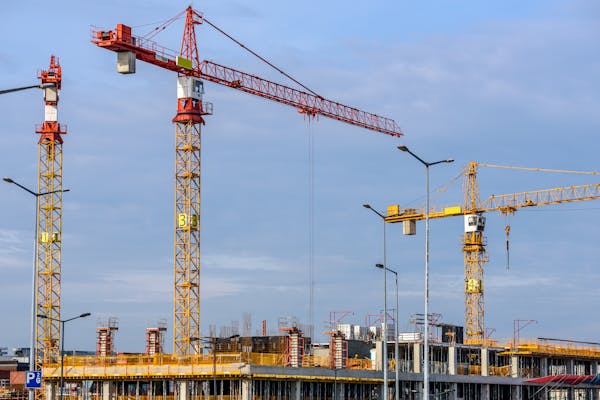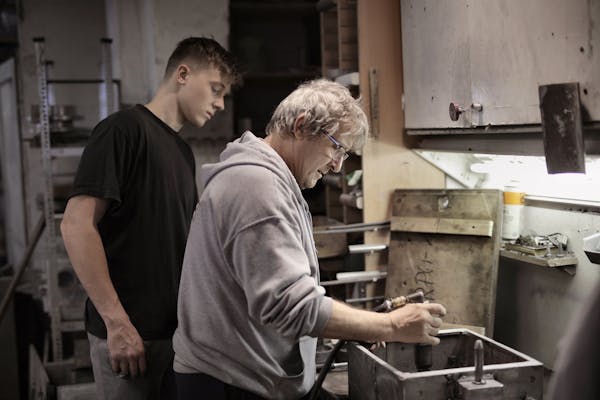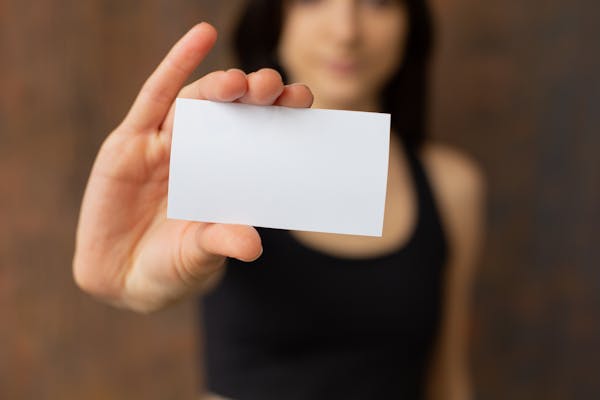The Overlooked Importance of Elevator Surface Protection
During any construction process, numerous surfaces are keyed upon and protected so as to keep them clean and damage free. Builders and remodelers often spend thousands of dollars on surface protection to ensure that their client’s hardwood floors, windows, cabinetry, and a number of other finishes remain protected from damage. Whilst expensive floors and cabinetry receive the majority of surface protection, extremely costly elevators are often left unprotected and are subsequently damaged. This can incur staggering costs.
Replacing or repairing surface damage to elevators is a burdensome and costly endeavor. At best, the process to fix minor scratches, dings, and dents relies upon hours of polishing, sanding, de-lacquering, and repainting. And while standard stainless steel may only require straightforward sanding to repair, common non-metal elevator finishes such as glass, woven wire, leather, and custom-made decorative metals often require the work of a professional or whole replacement. For custom-made elevator panels, simple sanding will not work and you’re forced to contact an elevator industry professional for examination; as fundamentally altering elevator panels may compromise an elevator’s fire rating. With painted doors, it is often difficult to color match, as original paint for older elevator doors may no longer be available.
With the long list of issues presented above, it becomes clear that the best solution regarding damaged surfaces is prevention. Elevators are easily damaged during construction projects, and during normal use such as tenants moving. Unfortunately, there are only several options currently available that provide elevator protection. Numerous companies sell bespoke padding for elevators, albeit at a substantial cost of up to $3000 each. These pads are used on the interiors of the elevators but they do not protect the vulnerable elevator jambs. Custom elevator protection units made from plastic panels with extra padded protection can be purchased specific to a particular elevator and jamb and are priced from $1500-2500 each. These can be customized with a particular colored exterior to match the walls if desired. Until very recently an affordable surface protection for elevators didn’t exist. A new product to the market is QuikPad, a simple reinforced and wrapped plastic protection that can easily protect both the elevator interior and elevator jambs. The QuikPad can be assembled and installed within minutes using Velcro® attachments.
Surface Protection for elevators has until recently, been a relatively small and sparsely populated industry. Major cities are moving upwards, not outwards, and as a result more people than ever rely on elevators. It is estimated that over 18 billion passengers will travel on elevators in the United States in the upcoming year. Both multi-family and commercial office construction are experiencing the highest start rates in the construction industry, both of which frequently necessitate elevators. Simply put, the elevator industry is booming. It’s growing at a rate far exceeding the rest of the economy. As increasing awareness, demand, and more protection solutions are created, what was once a niche market is set to become an incredibly lucrative industry.








